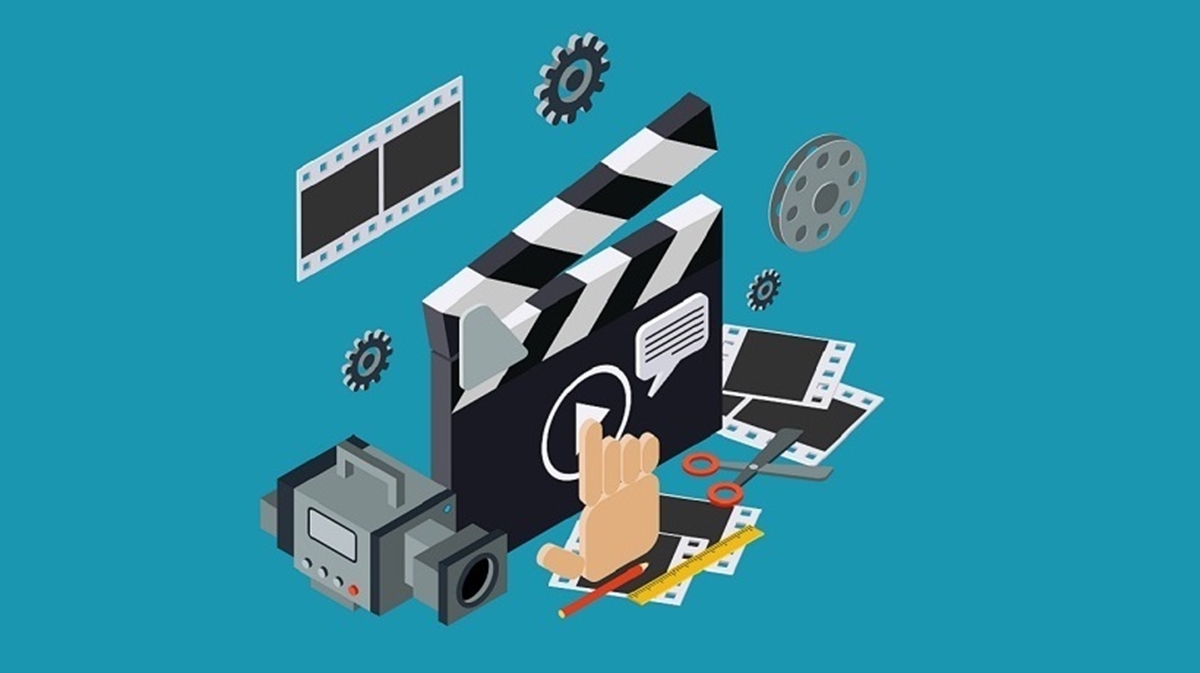1. Understanding the Power of Visual Learning
In the digital age, educational videos have become invaluable tools for both educators and learners alike. With the rise of online learning platforms and the accessibility of video creation tools, creating engaging and effective learning videos has never been easier. Visual learning has proven to be highly effective, as it appeals to various learning styles and helps learners retain information better. Understanding the power of visual learning is essential for crafting impactful educational videos.
2. Planning Your Content and Structure
Before diving into video production, careful planning is essential. Begin by identifying the learning objectives of your video and determining the key concepts you want to convey. Create a storyboard outlining the structure of your video, including key points, visuals, and any interactive elements you plan to include. A well-structured video will keep viewers engaged and ensure that they grasp the intended learning outcomes.
3. Engaging Visuals and Multimedia Elements
One of the most critical aspects of creating effective learning videos is the use of engaging visuals and multimedia elements. Incorporate graphics, animations, and relevant images to enhance understanding and capture viewers’ attention. Utilize multimedia elements such as quizzes, interactive exercises, and simulations to promote active learning and reinforce concepts. Remember to keep visuals clear, concise, and relevant to avoid overwhelming or distracting viewers.
4. Scripting and Narration: Striking the Right Balance
The script and narration play a vital role in delivering content effectively in educational videos. Write a clear and concise script that effectively communicates key concepts while maintaining a conversational tone. Avoid using overly technical language and jargon that may confuse viewers. When recording narration, ensure clarity, pacing, and enthusiasm to keep viewers engaged. Striking the right balance between scripted content and spontaneous delivery can make a significant difference in the effectiveness of your educational videos.
5. Accessibility and Inclusivity Considerations
When creating learning videos, it’s crucial to consider accessibility and inclusivity to ensure that all learners can benefit from your content. Provide closed captions and transcripts to accommodate viewers with hearing impairments or those who prefer to read along. Ensure that visuals are clear and easy to interpret for viewers with visual impairments. Additionally, consider diverse perspectives and cultural sensitivities when designing content to ensure that it resonates with a wide range of audiences.
Crafting engaging and effective learning videos requires careful planning, creativity, and attention to detail. By understanding the power of visual learning, planning your content and structure, incorporating engaging visuals and multimedia elements, striking the right balance with scripting and narration, and considering accessibility and inclusivity, you can create impactful educational videos that inspire and empower learners. Whether you’re an educator looking to enhance your online courses or a content creator aiming to share knowledge with the world, mastering the art of educational videos can elevate your teaching and learning experiences to new heights.lernvideos erstellen
